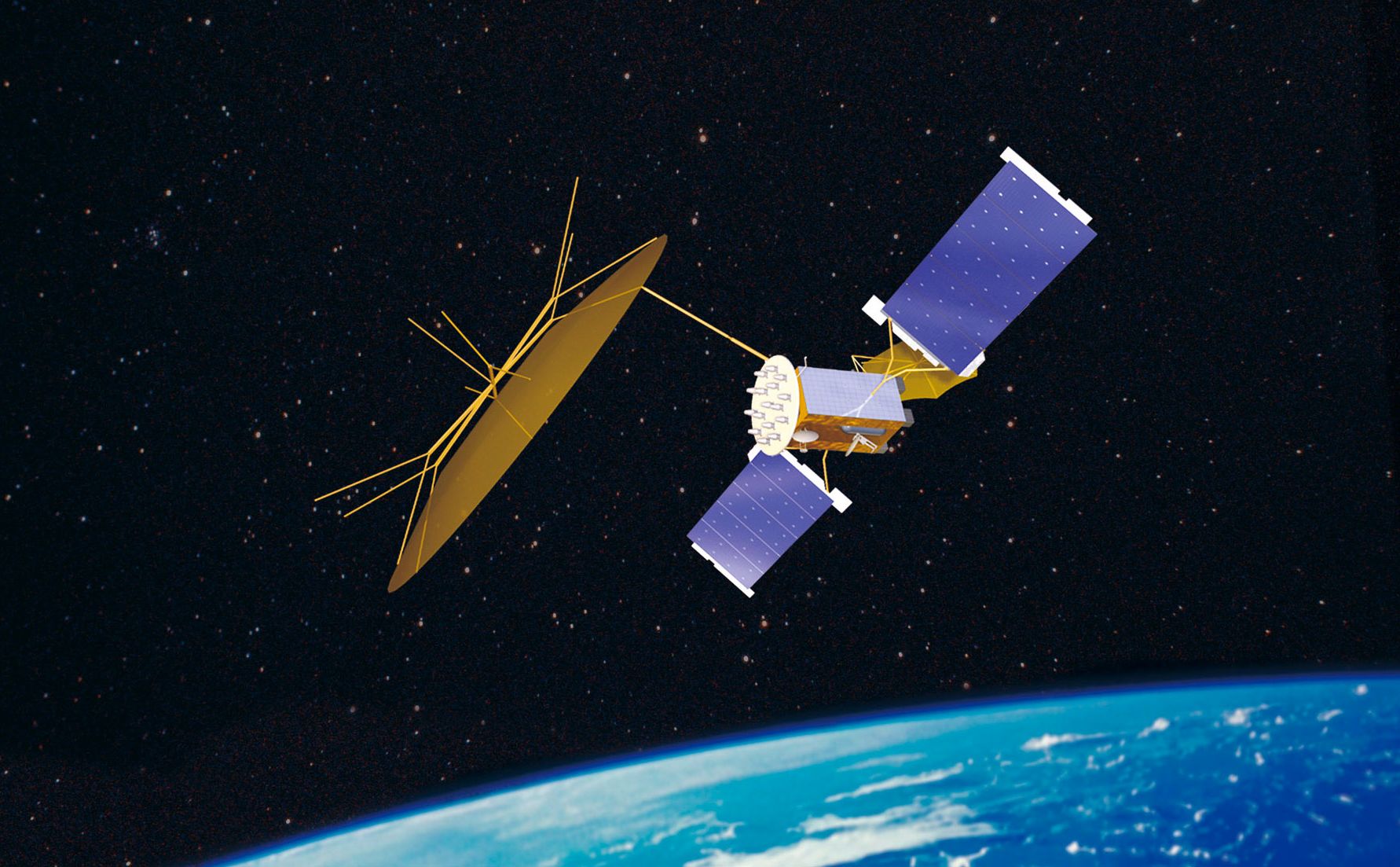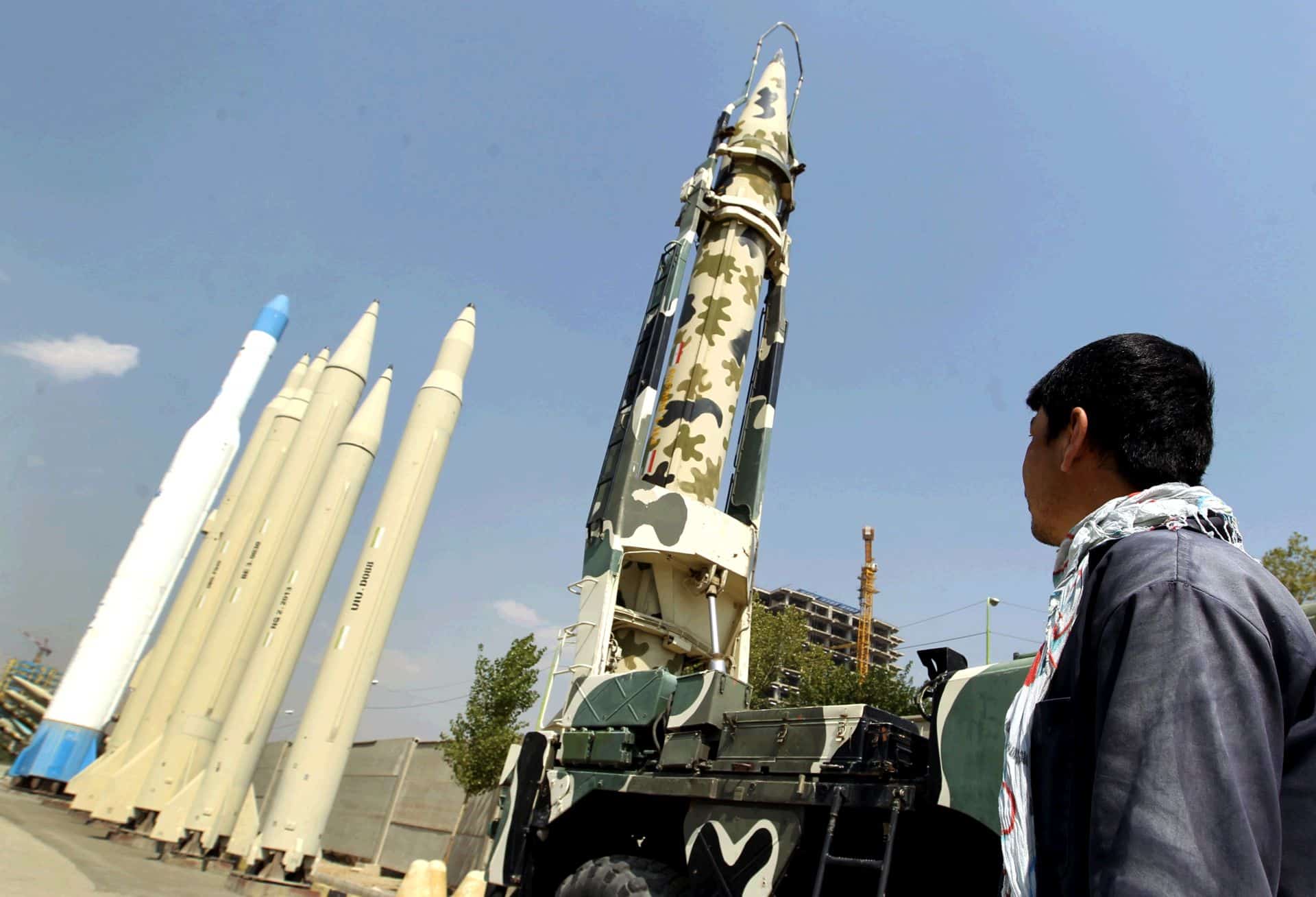Northrop Grumman, WASHINGTON: A Northrop Grumman Corporation-The Boeing Company team today unveiled its plans to design and build NASA's proposed Crew Exploration Vehicle (CEV), a modular space system intended to carry humans to the International Space Station by 2012 and back to the moon by 2018.
The CEV comprises a crew module that builds on NASA's Apollo spacecraft, a service module and a launch-abort system. It is designed to be carried into space aboard a shuttle-derived launch vehicle — a rocket based on the solid rocket booster technology that powers the early phases of current shuttle flights.
The CEV will be produced both as a crewed space transportation system and as an uncrewed space vehicle capable of transporting cargo to and from the International Space Station. NASA expects to select a CEV prime contractor in the spring of 2006.
According to Doug Young, program manager for the Northrop Grumman-Boeing CEV team, the team's design approach to the CEV and the overall mission architecture have been evolving over the past year.
Trojan Horses in Space: Cyber Threats Hidden in Satellite Networks
Most of us like satellites. They power our televisions. Allow us to find our way home from anywhere on the...









